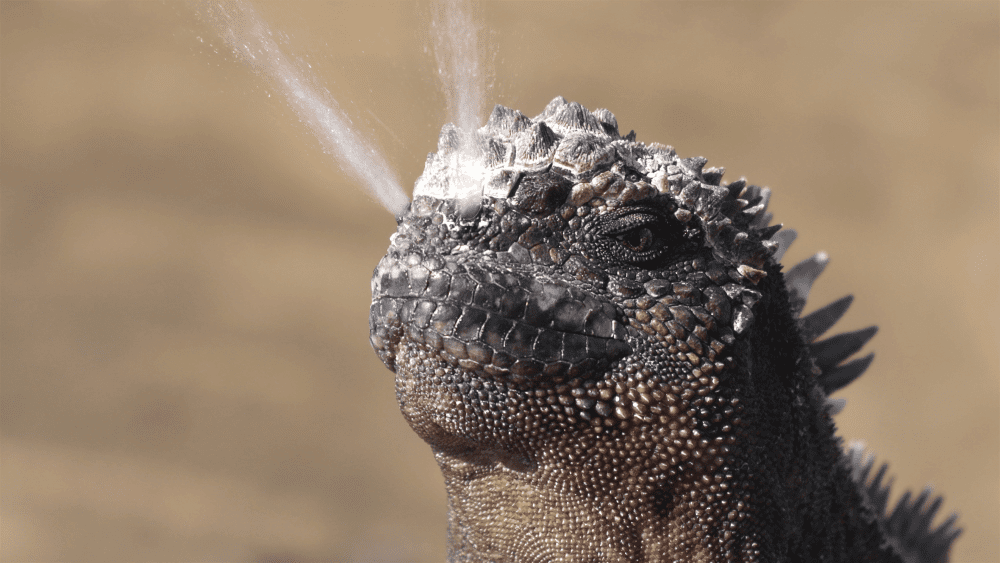Look upon a group of iguanas and words like “shambles” or “disorganized” spring to mind. These animals are usually solitary, but in one biodiverse corner of the globe they amass in great numbers, spilling over one another in a tangle of scales and tails. So, what do you call a group of iguanas? The answer is “a mess”.
Yes, it might sound harsh, but the collective noun for a group of iguanas is undeniably accurate. In the Galapagos, marine iguanas gather in enormous groups to bask on rocks, and they aren’t afraid of getting a little chummy with one another.
Marine iguana names over the years
Back in September 1835 when a 22-year-old Charles Darwin was wandering across the Galapagos, he learned a different name for what we now call marine iguanas. And it wasn’t very complimentary.
“The black lava rocks on the beach are frequented by large, disgusting clumsy lizards,” the Galapagos Conservation Trust reports he wrote. “They are as black as the porous rocks over which they crawl [and] seek their prey from the sea. Somebody calls them ‘imps of darkness’. They assuredly well become the land they inhabit.”
While imps of darkness is undeniably a much cooler name, in science, marine iguanas are known as Amblyrhynchus cristatus. The first part comes from the Greek for blunt (ambly) and snout (rhynchus), and looking at them, it’s pretty on the nose.

Its snout might be blunt but it sure can spray out salt. Image credit: Maridav / Shutterstock.com
The latter part is Latin for “crested”, a hat tip to the many spines that run along marine iguanas’ backs.
What do you call a group of iguanas?
A group of iguanas is called a mess. According to Celso Montalvo, naturalist for Lindblad Expeditions-National Geographic, the collective noun only really works in the Galapagos, as elsewhere on the planet other species of iguana tend roam alone (though Florida might not agree).
Marine iguanas spend their time on the lava rocks of shores like Fernandina’s, which is considered a “crown jewel” of the Galapagos Islands. It’s the youngest of the archipelago, which in island terms is considered less than one million years. It’s also the most volcanically active, thought to have seen around 25 eruptions in the last 200 years, but despite this is home to the largest subpopulation of marine iguanas (plus a tortoise everybody thought was extinct for the last 100 years).
With marine iguana population estimates reaching into the tens of thousands, it’s perhaps unsurprising that a mess is all they can muster when gathering on the rocks. Would it kill them to try a few pyramids? Honestly.
Source Link: What Do You Call A Group of Iguanas?